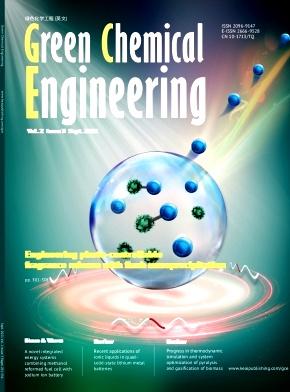Unique compounds functionalized with three-membered cyclic structures
IF 7.6
Q1 ENGINEERING, CHEMICAL
引用次数: 0
Abstract
Three-membered cyclic compounds are a fascinating class of compounds: they have the maximum torsional and angular strain (sp3 hybridization but bond angles deviate from 109°28’), and possess unique physical and chemical properties. A lot of effort has been devoted to their synthesis and applications in recent years. This review provides an overview of various synthesis strategies for three-membered cyclic compounds, and summarizes the proposed reaction mechanisms and key issues such as structure-property relationships through specific examples. Meanwhile, the advantages and disadvantages of different synthesis strategies were discussed, including the recently developed electrochemical synthesis methods. Finally, the prospects and challenges for further scientific research and practical applications of three-membered cyclic compounds were emphasized. The summary of three-membered cyclic compounds is beneficial for the development and utilization of novel functionalized molecules.

具有三元环结构的独特化合物
三元环化合物是一类令人着迷的化合物:它们具有最大的扭转和角应变(sp3杂化,但键角偏离109°28′),并具有独特的物理和化学性质。近年来,人们对它们的合成和应用进行了大量的研究。本文综述了三元环类化合物的各种合成策略,并通过具体实例总结了所提出的反应机理和结构-性能关系等关键问题。同时,讨论了不同合成策略的优缺点,包括最近发展起来的电化学合成方法。最后,对三元环类化合物的进一步科学研究和实际应用提出了展望和挑战。对三元环类化合物的研究综述有助于开发和利用新型功能化分子。
本文章由计算机程序翻译,如有差异,请以英文原文为准。
求助全文
约1分钟内获得全文
求助全文
来源期刊

Green Chemical Engineering
Process Chemistry and Technology, Catalysis, Filtration and Separation
CiteScore
11.60
自引率
0.00%
发文量
58
审稿时长
51 days
 求助内容:
求助内容: 应助结果提醒方式:
应助结果提醒方式:


